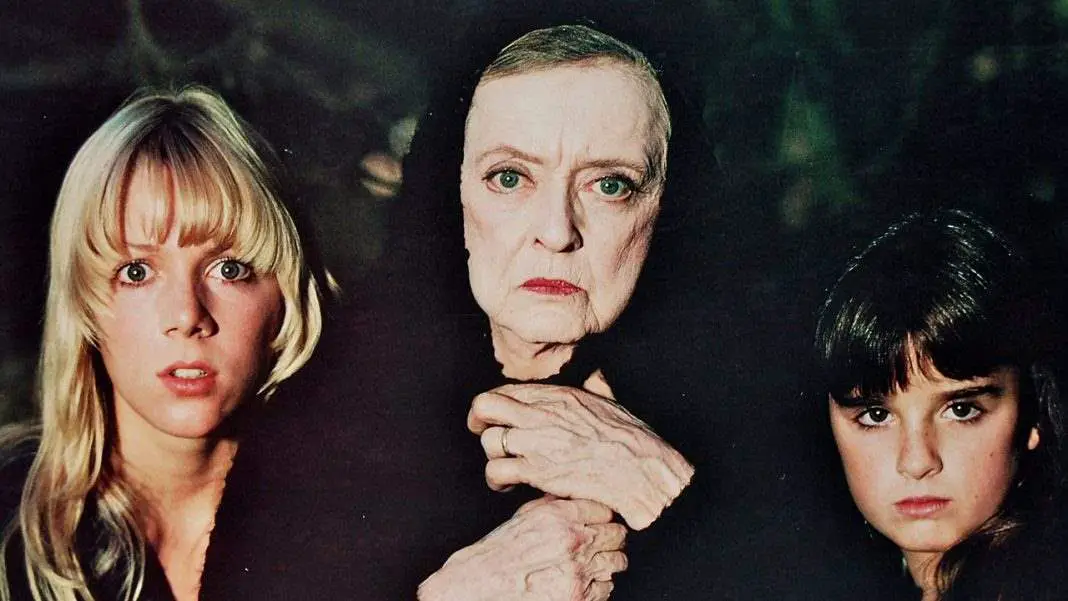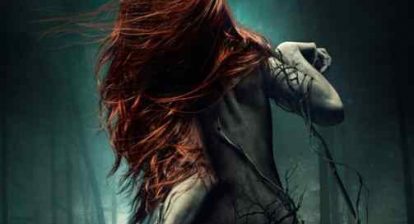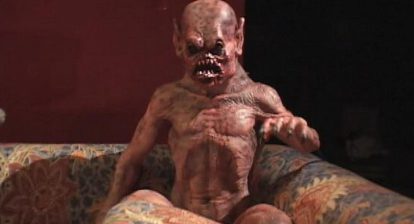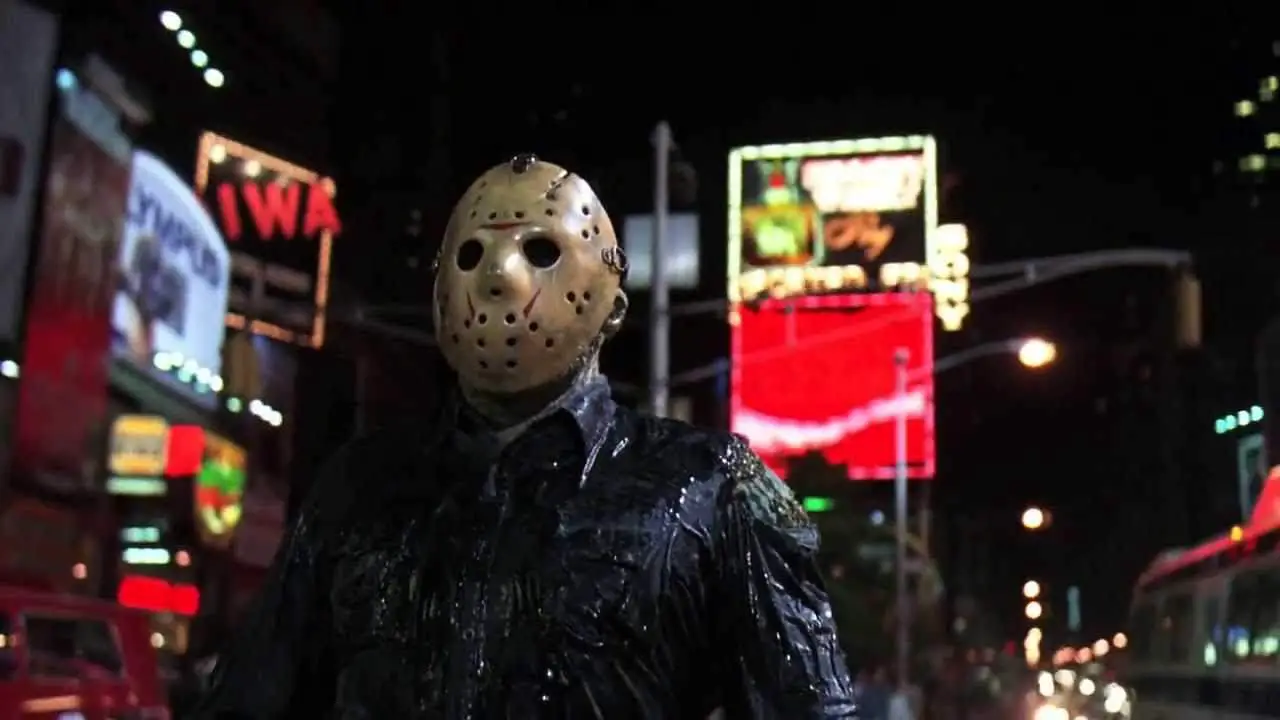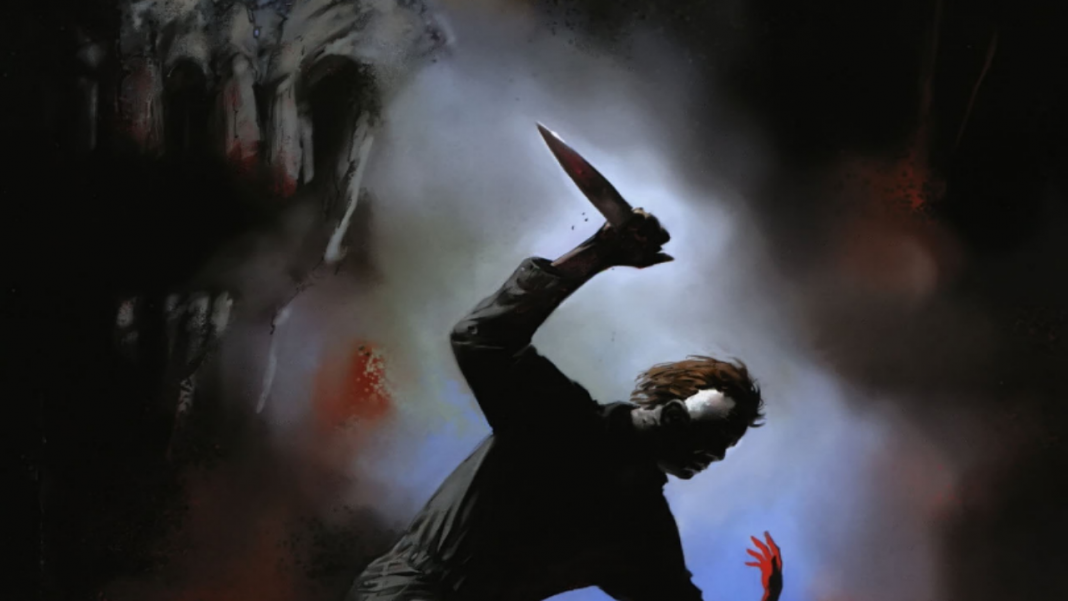Welcome to Back to the ’80s. This recurring feature aims to take a look at the good, the bad, and the ugly from horror’s most beloved decade. Regardless of which category a particular film falls under, this segment will spotlight films that horror fans can appreciate for one reason or another. We will look at how some of these flicks have stood the test of time and others have not aged quite so well. Regardless of what they look like today, these efforts from the 1980s laid the groundwork for the horror genre as we know it today.
When one thinks of the horror genre, Disney is not the first thing to come to mind. There are moments in their film catalogue that are questionable in their exposure to a younger audience. However, most perceived horror in Disney is usually cuddled with a technicolor distraction or a sweeping ballad. The film, The Watcher in the Woods, deviates from typical Disney fanfare. There are no characters that break out into song and no immediate comfort after a jump scare. There are scenes where the audience genuinely feels the characters are at risk. Yet, this 1980 film was created by Walt Disney Productions.
The Watcher in the Woods follows the Curtis family as they move into a castle-like manor of which the owner still lives on the premises. The owner is Mrs. Aylwood (played by the versatile Bette Davis). She has a dark past surrounding the disappearance of her daughter, Karen, thirty years before. The Curtis family consists of a mother and father and two daughters, the eldest of whom bears a remarkable resemblance to the missing Karen. This similarity in appearance is what entices Mrs. Aylwood to rent them the home. From the first visit to the manor, strange occurrences began to happen. Through an unseen entity in the woods, both Curtis daughters become affected with paranormal gifts.
Director John Hugh takes an interesting approach in the style of the movie. With cinematography by Alan Hume, the film does take on a certain quality associated with live-action Disney of the 1970s and ’80s. The visuals create a specific tone with brighter colors and long sweeping shots that were a staple of films of this kind. This creates an effective juxtaposition when The Watcher in the Woods delivers a scare. The viewer is watching a little girl play in the kind of wooded area Bambi might frequent and it then becomes unsettling to switch over to a POV shot derived from Halloween or Friday the 13th. Both of those films were released only shortly before and the POV shots they popularized were already becoming a regular feature in the 1980s slashers to follow. Hugh clearly recognized this effect and utilized it over the blueprints of a Disney film.

Many of the visuals used in the picture are dated now but still have a sense of creepiness to them. One that sticks out is the use of a mirrored image multiplied. In the case of The Watcher in the Woods, the image used is of a blonde, teenage girl blindfolded. This creates a mystery about the girl. The audience is aware that this could be Karen but is still unsure of her intent. The visuals can appear duplicitous. She is either reaching out for help or reaching out to cause harm. Karen’s fate on the night of her disappearance is unknown at this point and the only link to any answer appears to be malicious. There are also a few jump scares thrown in that are surprisingly effective.
The cast is led by Lynn-Holly Johnson as the eldest daughter, Jan. Johnson does a fine job at portraying her as tenacious, inquisitive, and vulnerable. While not exactly a Final Girl, one gets the impression that she would hold her own in any of the 1980s horror films to come. Her younger sister, Ellie, is played by Kyle Richards of Halloween. Richards excels at balancing out the character as a spunky juvenile and then a possessed vessel. The film is notorious for having multiple unfinished or alternate endings. The one I found to be most effective was the theatrical ending. In that version, Richards’s character is genuinely chilling in her delivery. All the performances are anchored by Bette Davis’s presence as Mrs. Aylwood. She is multifaceted. There are times when she appears menacing and as a potential villain. At other moments, she is a lonely woman suffering from the loss of her daughter.
One refreshing choice was the way in which doubt never lingers. There are many instances in supernatural films where the main character is perceived as losing their mind. While this creates conflict, the line between dramatic and frustrating becomes blurred. The Watcher in the Woods could have easily chosen to follow this path. Instead it relies on the subject matter to be entertaining. Jan is faced with a supernatural entity that she cannot explain. Other characters will cast doubt on her explanations. This doubt is often silenced quickly. Almost any time another character begins to suggest that Jan might be crazy, some supernatural force presents itself. While the other characters do not automatically believe Jan’s reasoning, they are unable to deny that something strange is happening.
While not a cinematic masterpiece, this Disney horror flick was an enjoyable experience. Somehow it managed to bypass me as a child. But I rather enjoyed it as an adult. Fans of 1980’s horror will find much to like if they lean towards films that are atmospheric and creepy. The Watcher in the Woods is clearly aimed at young adults. Even so, audiences of all ages will find something to enjoy.

